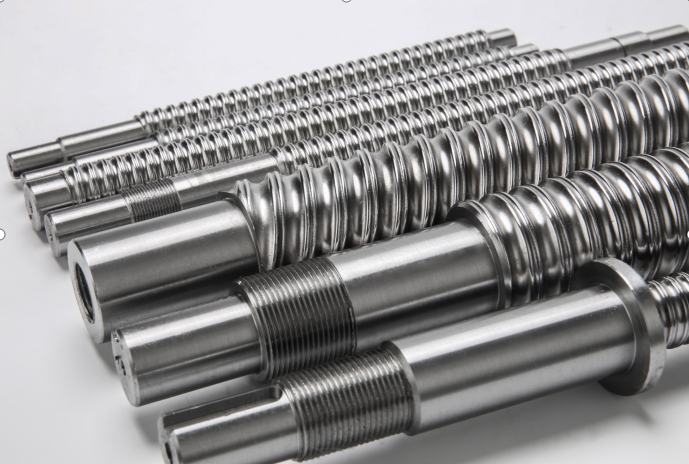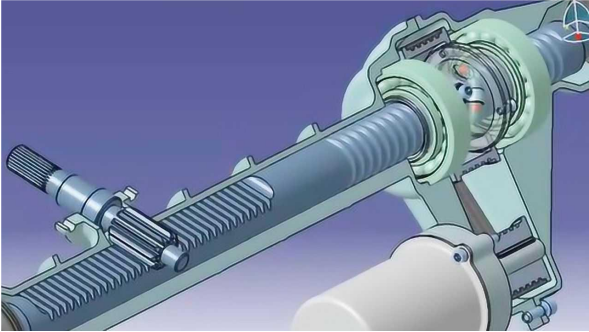From automotive manufacturing to aerospace, from machine tooling to 3D printing, the ball screw is deeply rooted in modern, specialized industry and has become a key and indispensable component. With their unique design and superior performance, they play a vital role in driving high quality production, increasing productivity and ensuring precision machining.
In the future, the ball screw market will closely follow the development trend of intelligent manufacturing and microelectronics technology, and develop towards higher precision, stronger load capacity, lower noise and longer life. With the rapid development of precision instruments, semiconductor manufacturing equipment, micro-robots and other fields, the demand for customized ball screws will increase day by day, driving the industry to transform into a more modular and integrated design. At the same time, advances in material science, such as the application of new wear-resistant alloys, will further enhance the performance limits of products.
Ball screws are used in a wide range of applications in modern specialized industries. In the field of automobile manufacturing, ball screws are widely used in automobile chassis assembly lines, body welding lines and other production links, which can realize the precise assembly and positioning of parts and components, improve production efficiency and product quality.
The impact of ball screws in the modern specialized industry is also reflected in the improvement of its production efficiency and product quality. Equipment with ball screw drive usually has higher positioning accuracy and repeatability, which can better meet the requirements of modern industry for product precision and stability. With lower frictional resistance and inertia than traditional nut drives, ball screws are able to achieve higher speeds and accelerations, improving productivity and responsiveness. This means faster cycle times, higher production capacity and better market competitiveness for modern specialized industries.
The main function of the ball screw is to convert steering and linear motion. In the early days, it was basically used in machine tools, and the transmission screw was mostly used. With the development of the automobile industry, the application of ball screws has become more and more common. Ball screws are currently used in some automotive electronic brakes, electronic parking, electronic clutches and steering systems. Compared with traditional ball screws, automotive ball screws are characterized by relatively large loads, much more complex working conditions than traditional machine tool screws, and relatively high precision. Compared with traditional machine tool ball screws, its magnitude is also larger. There are generally two types of ball screws, one is sliding screws, and the other is ball screws. Ball screws have three characteristics. One is efficiency. Ball screw efficiency can reach more than 95%. The second is operating performance. The operating performance of the ball screw is relatively outstanding at high speed and load-bearing capacity. Third, in terms of life and durability, the ball screw can last a full cycle without maintenance. This feature is also more suitable for automotive ball screws.
While ball screws play an important role in modern specialized industries, they also face a number of challenges and limitations. Cost Issues. The manufacturing process and materials required for Ball Screws make them relatively expensive, which may increase investment costs. Ball Screws need to be lubricated and maintained during use to ensure their good operating condition, which may increase the management and maintenance costs for some of the less favorable technical conditions. The application of Ball Screws also needs to be combined with other equipment and systems, such as servo motors, control systems, etc., which requires specialized technical support and supporting equipment, which also brings certain challenges.
As a core component in the modern specialized industry, ball screws play an irreplaceable key role in promoting high quality production, enhancing production efficiency and ensuring precision machining. Its wide range of applications and significant enhancement of production efficiency and product quality make it an indispensable and important element in modern industry.
Post time: Jul-27-2024








